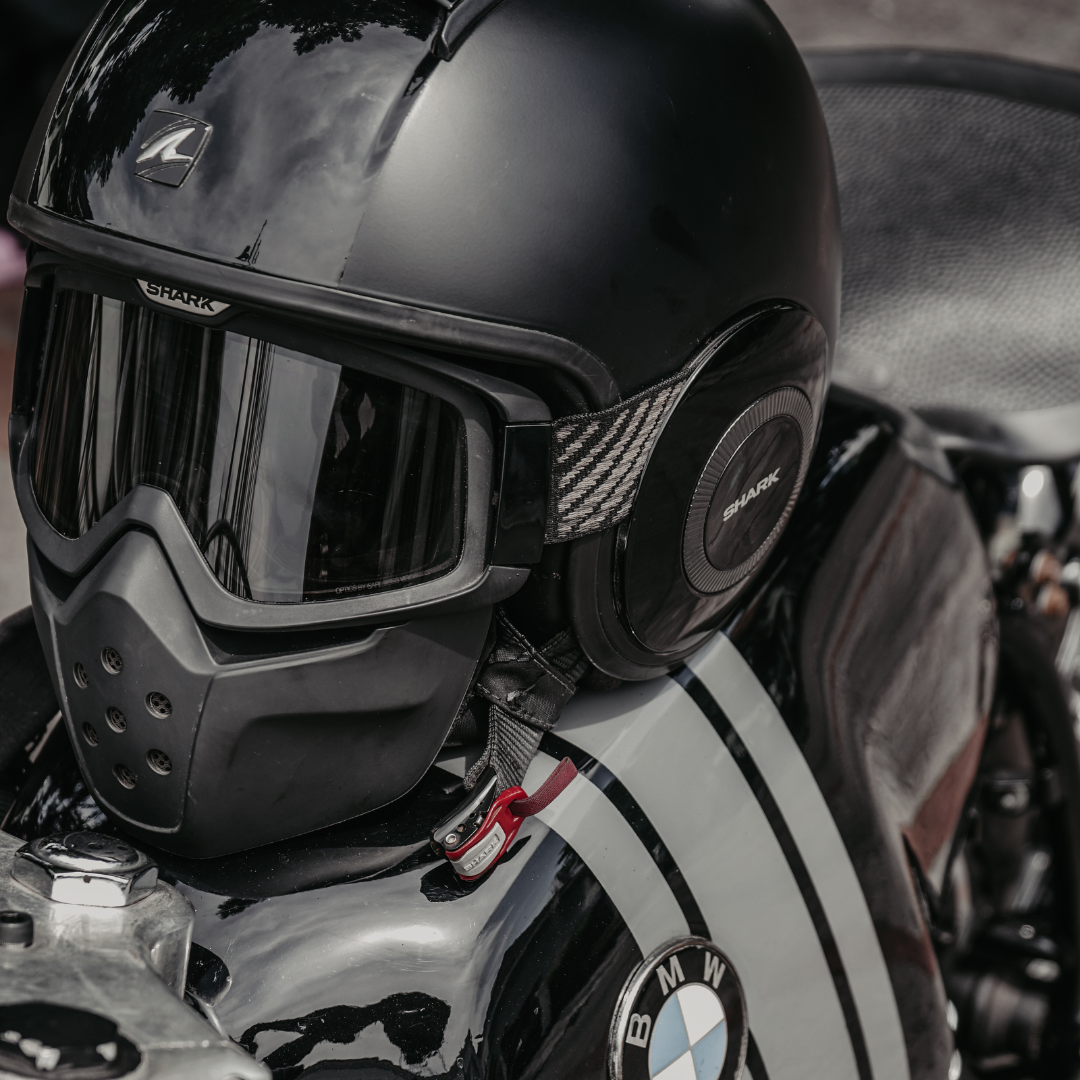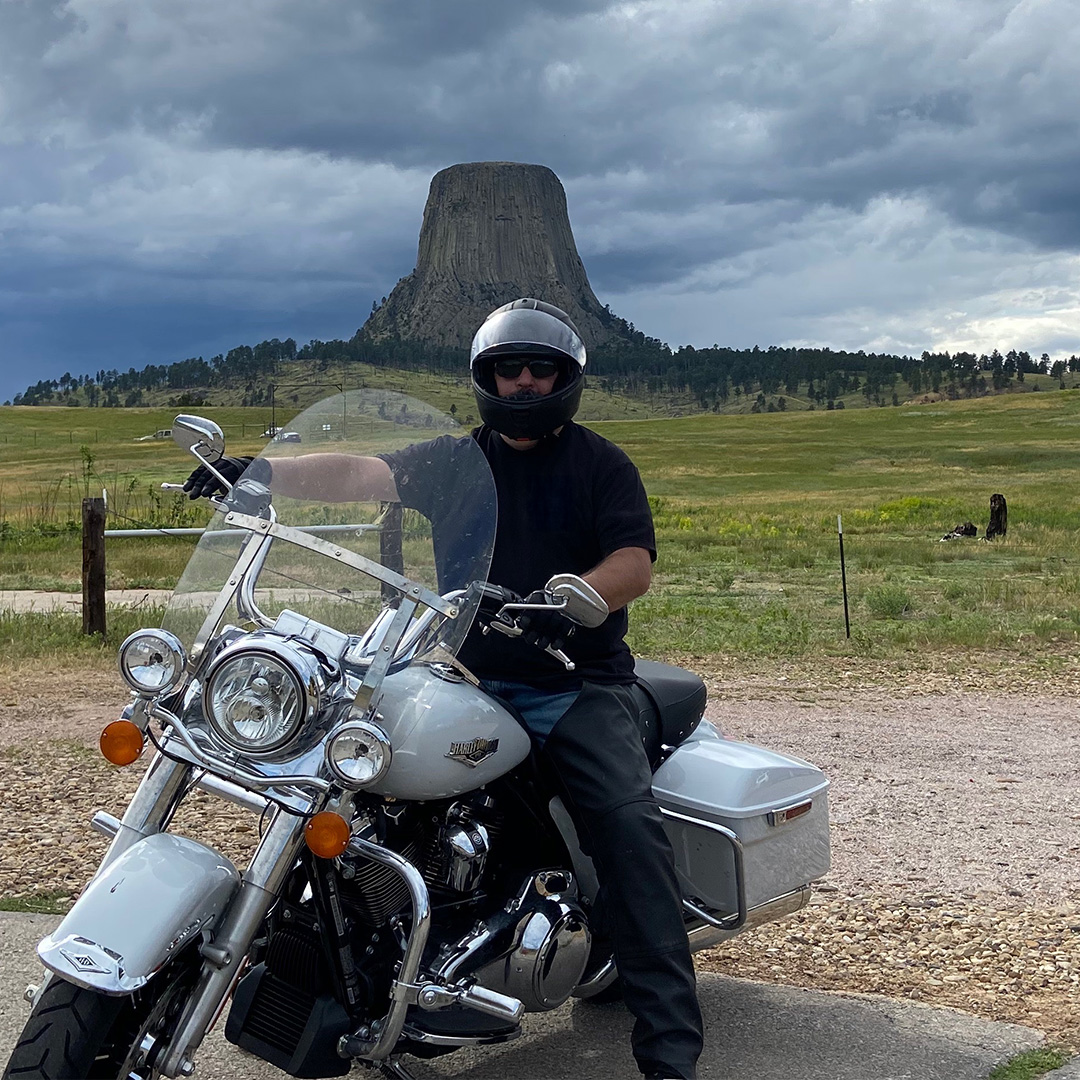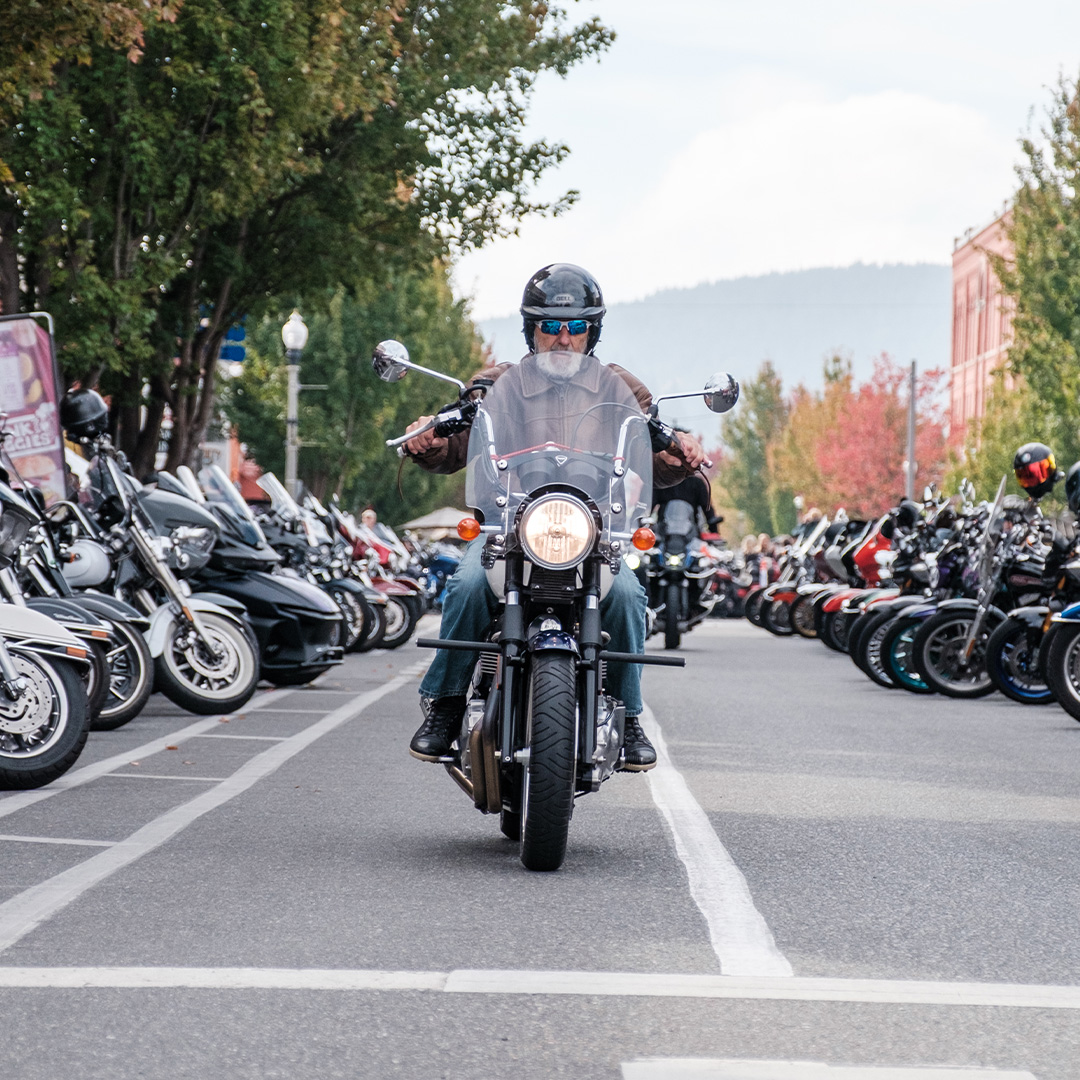By Chris Elizaga
Washington Marketing Manager
Metier Motorcycle Lawyers
We all know that riding motorcycles is one of the most exhilarating and rewarding activities out there. The freedom, the focus, the connection between machine and rider, it’s hard to beat. There's an amazing feeling we all get when we fire up our bikes and hit the open road. The world opens up for us in ways cagers never experience. While we love the freedom we feel with the wind in our faces, we also have to recognize the all-too-real risks involved.

You’ve probably heard someone say, “It’s not me I’m worried about, it’s everyone else out there.” We all have. And while that sentiment holds some truth, it’s only part of the picture.
Personally, I’ve always compared riding a motorcycle on the street to swimming with sharks. It’s thrilling and intense, but also potentially dangerous (especially if you don’t take proper precautions). And while I’m a champion for choice when it comes to safety gear, I’m also a strong believer in ATGATT (All The Gear, All The Time). But even with top-of-the-line equipment, physics doesn't lie. If you hit something hard and fast enough, it’s going to hurt - or worse. But having all the gear isn’t enough, there’s more to riding than just wearing the right safety gear.
The Mental Game of Riding
What often gets overlooked is the mental side of riding. Your mindset and attitude on the bike.
I’ve been riding motocross, enduro, street, long-distance touring for nearly 35 years. I’ve thrown a leg over everything from fully dressed Harleys to trials bikes. And if there’s one thing I’ve learned, it’s this: you never stop learning. And one of the best things that I've learned is that the most important piece of safety equipment sits between your ears. It's not about being paranoid or fearful. It's about riding smart and staying sharp.
I approach every ride with what I call "positive paranoia." When I see a car approaching an intersection, I assume they might not see me and prepare accordingly. When someone's tailgating, I create more space ahead and identify my escape routes. This isn't about fear; it's about taking control of my safety. Having this mindset of anticipation keeps me sharp, keeps my guard up and helps me stay upright.
Owning responsibility, even when it’s not yours, keeps you in control.
Training: The Cure for Complacency
Think about it this way: every time you swing your leg over the motorcycle, you're entering a dynamic environment where split-second decisions matter. The riders who thrive out there are the ones who've trained their minds to constantly assess, anticipate, and adapt.
Rider error contributes to a significant portion of motorcycle accidents. But here's the encouraging part: most of these situations are completely preventable when you develop the right defensive riding techniques.
One of the easiest traps to fall into as an experienced rider is complacency. Just because you’ve done something the same way for years without incident doesn’t mean you’ve been doing it right.
Sometimes, you don’t even realize you’ve picked up bad habits until someone else points them out. That’s where advanced riding courses and riding coaches come in. They’ll challenge you, hold you accountable, and sharpen your skills. You get out what you put in.
Training courses aren't just for beginners anymore. There’s advanced rider training programs that can help how you see the road and how you handle your bike when fractions of a second matter. These programs can help keep you from getting too complacent, as you'll discover skills you didn't know you were missing and break habits you didn't realize you'd developed. These advanced rider courses can help you develop a sense of “comfortable vigilance” - a riding mindset where you’re alert and ready, but not tense or anxious. With this mindset, anticipation becomes second nature and making lightning fast decisions in the heat of the moment becomes easier like checking your mirrors or covering your brakes in traffic.
Remember: You get out what you put in. I want you to have a smooth ride - not a wake-up call. The road can be unpredictable, but your response doesn't have to be. When you combine the right mindset with proper training and quality gear, you’re set up for riding success.
.svg)



%20upload%20quality%20for%20articles%20page.jpg)

